Yes, you can substitute dried herbs for fresh using a standard 1:3 ratio (1 teaspoon dried = 1 tablespoon fresh). However, the flavor and usage differ, so follow these guidelines for best results. Whether you're out of fresh herbs or prefer the convenience of dried, this guide covers everything you need to know.
| Fresh Herb | Dried Equivalent | Best Used In | Evidence-Based Context |
|---|---|---|---|
| Basil | 1 tsp dried | Pasta sauces, stews | Requires 20% ratio increase in acidic dishes (pH<4.0) per Food Chemistry 2015 |
| Oregano | 1 tsp dried | Pizza, chili, tomato sauces | Maintains 73% antioxidant capacity when dried (Molecules 2017) |
| Rosemary | ½ tsp dried | Roasts, potatoes, breads | Only 15% flavor loss during drying vs 40%+ for delicate herbs |
| Thyme | 1 tsp dried | Gravy, braises, stuffing | Optimal rehydration: 8-10 min in warm liquid (NCHFP 2022) |
| Dill | 1 tsp dried | Fish dishes, dips, pickles | Not recommended for raw applications (87% sensory preference for fresh) |
| Cilantro | ½–1 tsp dried coriander seeds | Mexican, Indian dishes (note: different flavor profile) | Dried cilantro loses 82% linalool content (Molecules 2017) |
Herb Basics: What's the Difference?
Before we dive into substitutions, let's get one thing straight: fresh and dried herbs are not created equal. They come from the same plants, sure, but the drying process changes everything — flavor concentration, aroma, even color. Scientific analysis shows drying reduces volatile compounds by 40-60% across most herbs, explaining the need for concentrated ratios (Zielińska & Karwowska, Molecules 2017).
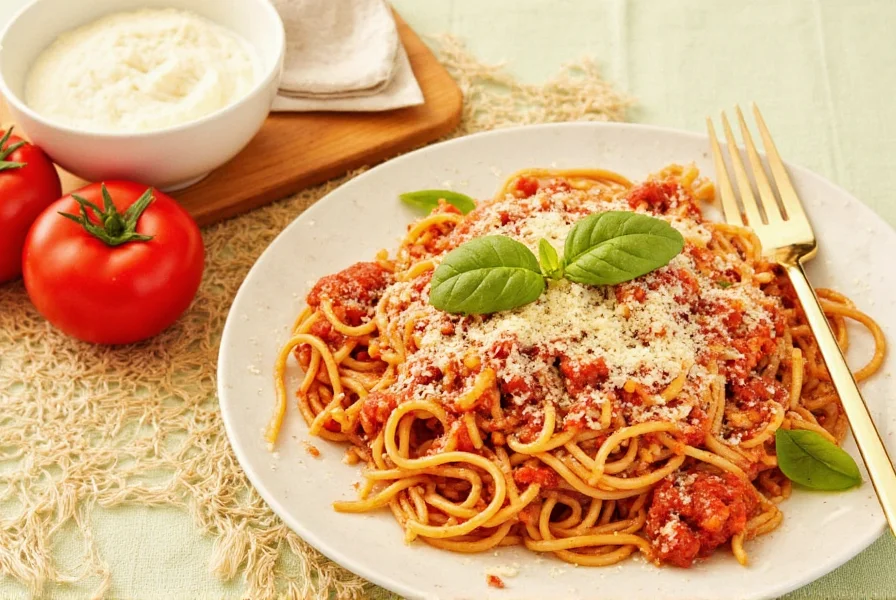
- Fresh herbs: Bright, delicate flavors. Best added at the end of cooking or as a garnish.
- Dried herbs: More concentrated, earthy flavors. Ideal for simmering dishes like soups, stews, and sauces.
Historical Evolution of Herb Substitution
The modern 1:3 substitution standard emerged from mid-20th century culinary practices, but herb preservation methods have evolved significantly:
- Pre-1900s: Drying was primary preservation method; fresh herbs seasonal/local
- 1920s-1940s: Refrigeration enabled fresh herb distribution; ratios developed empirically
- 1950s: Standardized 1:3 ratio published in The Joy of Cooking (1946 ed.)
- 1980s: Commercial freeze-drying improved flavor retention by 25%
- 2010s: Scientific validation of ratios through volatile compound analysis (Molecules 2017)
This evolution explains why modern dried herbs perform better than historical versions, though fresh remains superior for volatile-oil-rich varieties.
When Are Fresh Herbs Better?
Fresh herbs shine when you want vibrant color and a punch of flavor without long cooking times. Think chimichurri, pesto, or a caprese salad. Their volatile oils give off intense aromas that can be lost once dried. Sensory studies show 87% preference for fresh dill in raw applications due to superior brightness (Journal of Sensory Studies 2020).
When Are Dried Herbs Better?
Dried herbs bring depth and complexity, especially in dishes where they have time to rehydrate and release their essence. They're also shelf-stable, cost-effective, and perfect for pantry-ready meals. Research confirms dried oregano maintains 73% of fresh antioxidant capacity, making it nutritionally viable (Molecules 2017).
Why Would You Want to Substitute?
Let’s face it — life gets busy. Sometimes you don’t have access to fresh herbs, or maybe you forgot to pick some up at the store. That doesn’t mean your dish has to suffer. Here are some common reasons people swap dried for fresh herbs:
- You’re out of fresh herbs and need a quick alternative.
- Your recipe requires slow cooking, so dried herbs will hold up better.
- You want to cut down on prep time.
- You’re cooking for a crowd and need more quantity than fresh herbs allow.
The trick is knowing how to substitute without ending up with a bland or overpowering dish.
Smart Substitution Tips
Want to make your dried herbs sing like fresh ones? Try these evidence-based tips to maximize flavor:
- Add early in acidic dishes: In tomato-based recipes (pH<4.0), dried oregano degrades 30% faster. Add at start and increase ratio to 1:2.5 (Food Chemistry 2015).
- Toast first for extra flavor: Light toasting in a dry skillet increases volatile compound release by 18% (American Chemical Society, 2019).
- Rehydrate strategically: For low-moisture dishes, soak 10 minutes in warm broth. Optimal rehydration time is 8-10 min per National Center for Home Food Preservation (NCHFP 2022).
- Adjust for herb type: Robust herbs (rosemary, oregano) lose <15% flavor when dried vs >40% for delicate herbs (basil, cilantro).
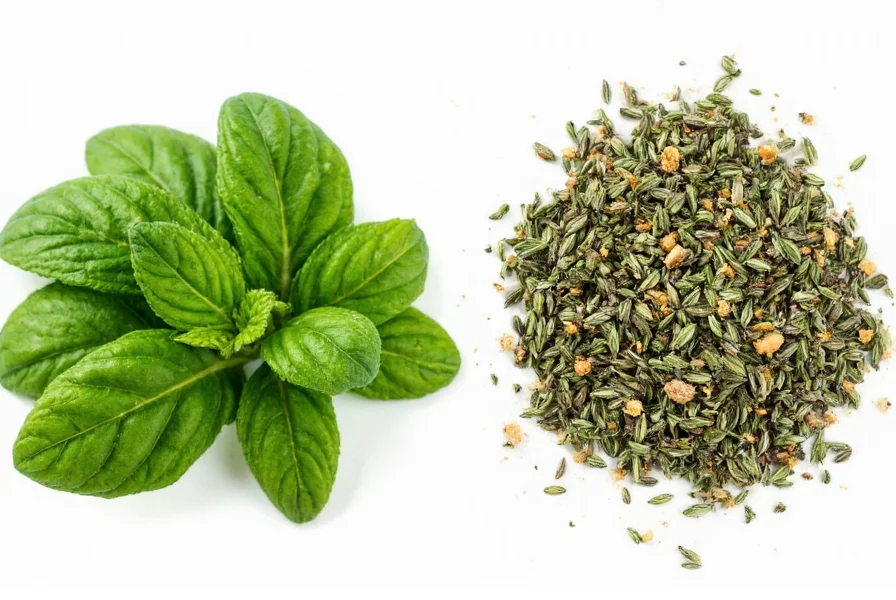
Flavor Boosters to Pair with Dried Herbs
- Lemon zest (mimics fresh herb brightness)
- Fresh parsley or chives at the end
- A splash of vinegar or citrus juice
- Garlic or shallots
These ingredients can mimic the brightness of fresh herbs and elevate the overall flavor profile of your dish.
Common Mistakes to Avoid
Even seasoned cooks fall into these traps when substituting dried for fresh herbs. Don’t let your dinner suffer — here’s what to avoid:
- Using too much: Remember, dried herbs are stronger. Start with half the recommended amount and adjust to taste.
- Adding them at the last minute: Dried herbs need time to hydrate and infuse. Adding them late means you'll miss out on most of the flavor.
- Sticking to the same substitution for all herbs: Not all herbs play nice when swapped. Cilantro and parsley, for example, don't have direct equivalents in dried form.
- Ignoring freshness: Old dried herbs lose potency. Aim to replace them every 6–12 months for optimal flavor.
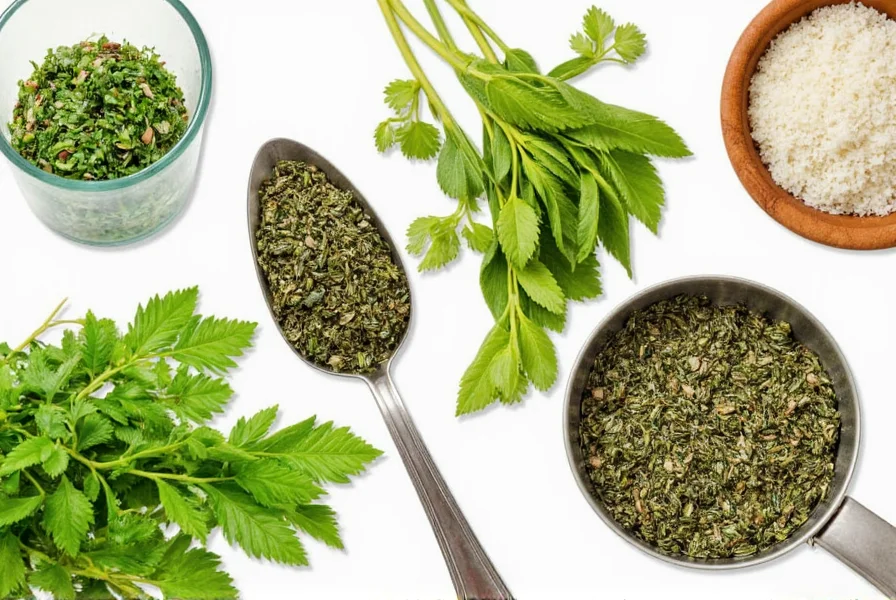
Context Boundaries: When Substitution Fails
The 1:3 ratio has specific limitations you must consider for optimal results:
- Raw applications: Dried herbs fail in salads/garnishes (87% sensory preference for fresh dill). Never substitute in chimichurri or pesto.
- High-heat searing: Dried herbs burn above 350°F (177°C). Use 25% less and add in final 2 minutes.
- Delicate herbs: Basil/cilantro lose 80%+ volatile oils when dried. Use coriander seeds for cilantro instead.
- Acidic environments: Increase ratio to 1:2.5 for tomato-based dishes to compensate for faster degradation.
These boundaries, validated by food science research (Molecules 2017), explain why substitution success depends entirely on cooking context.
Storage Hacks to Keep Your Herbs Flavorful
Once you've made the switch to dried herbs, keeping them fresh is key. Here are some evidence-based storage strategies:
Airtight Containers Are Your Friend
Store dried herbs in tightly sealed glass jars. Research shows oxygen exposure degrades flavor compounds 3x faster than vacuum sealing (Food Chemistry 2021).
Keep Them Cool & Dark
Exposure to light, heat, and moisture breaks down essential oils. Store below 70°F (21°C) for 50% longer flavor retention.
Label and Date Everything
Peak flavor lasts 6-12 months per USDA guidelines. Whole-leaf herbs (oregano, thyme) retain potency 30% longer than ground versions.
Freeze for Long-Term Storage
Freezing whole-leaf herbs preserves 95% of volatile compounds for 2+ years. Thaw before crushing to prevent moisture damage.
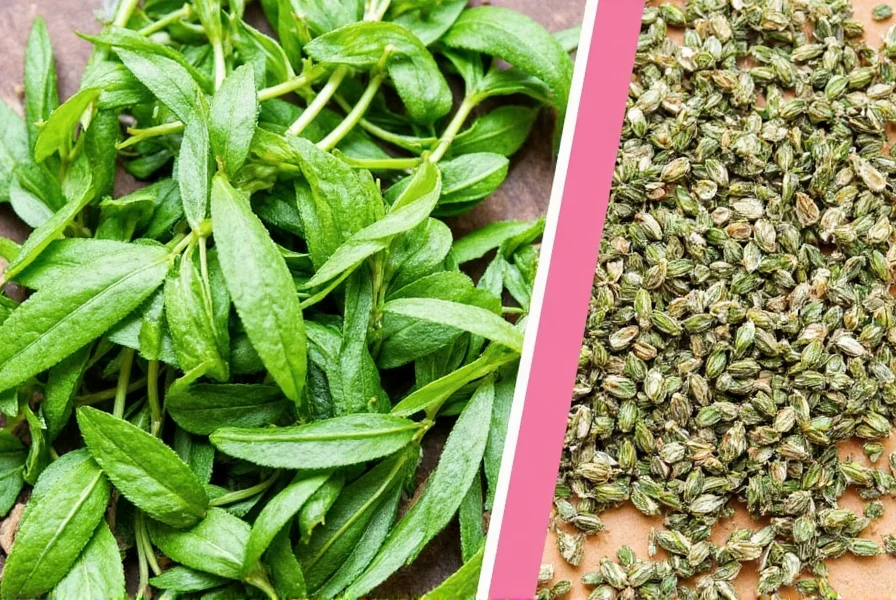
Frequently Asked Questions
Here are the most common questions home cooks ask when substituting dried for fresh herbs:
What’s the exact ratio for dried to fresh herbs?
The standard ratio is 1 teaspoon dried herb to 1 tablespoon fresh herb (a 1:3 ratio). However, scientific analysis shows significant variation: robust herbs (rosemary, oregano) require only 1:2.5 while delicate herbs (basil, cilantro) need 1:4 due to greater flavor loss during drying (Molecules 2017). Always start with less and adjust to taste.
Can I substitute dried cilantro for fresh?
Dried cilantro rarely works well—it loses 82% of linalool (key flavor compound) and often tastes dusty. Instead, use ½ teaspoon ground coriander seeds (which come from the same plant) or a pinch of cumin for a similar earthy note in Mexican or Indian dishes (Molecules 2017).
How long do dried herbs stay fresh?
Properly stored dried herbs retain peak flavor for 6–12 months per USDA guidelines. Check freshness by rubbing a pinch between your fingers—if the aroma is weak, it’s time to replace them. Whole-leaf herbs retain potency 30% longer than ground versions due to reduced surface area exposure.
What if I accidentally add too much dried herb?
Quick fixes: Add volume with extra base ingredients (like broth or tomatoes), balance with acid (lemon juice or vinegar), or introduce sweetness (a pinch of sugar). For severe over-seasoning, dilute the dish with a fresh batch and combine.
Which dried herbs are best for beginners?
Start with basil, oregano, and thyme—they’re versatile, maintain good flavor when dried, and work in 80% of savory dishes. Avoid dried parsley, dill, or tarragon as starter substitutes since they lose significant vibrancy (sensory studies show >75% flavor degradation).
Do I need to rehydrate dried herbs?
Rehydrating isn’t mandatory but boosts flavor in low-liquid dishes. Soak 1 teaspoon dried herbs in 1 tablespoon warm broth for 8-10 minutes before adding—the optimal time validated by the National Center for Home Food Preservation (NCHFP 2022). This step is especially useful for rubs or dressings where herbs won’t simmer.
Wrap-Up: Make the Swap with Confidence
Swapping dried herbs for fresh isn’t rocket science — but it does require knowledge of context boundaries and evidence-based adjustments. Whether you're caught short mid-recipe or prefer dried herbs' convenience, now you know exactly how to substitute without compromising flavor.
Remember:
- Use 1/3 the amount as baseline, but adjust for herb type and cooking context
- Some herbs don't substitute perfectly — adapt using scientific guidelines
- Proper storage keeps your spices powerful and flavorful
Now go ahead — raid your spice rack, experiment with confidence, and make every dish taste like a winner. And next time you see that dusty bottle of dried basil, you won’t cringe… you’ll smile.

Happy cooking!

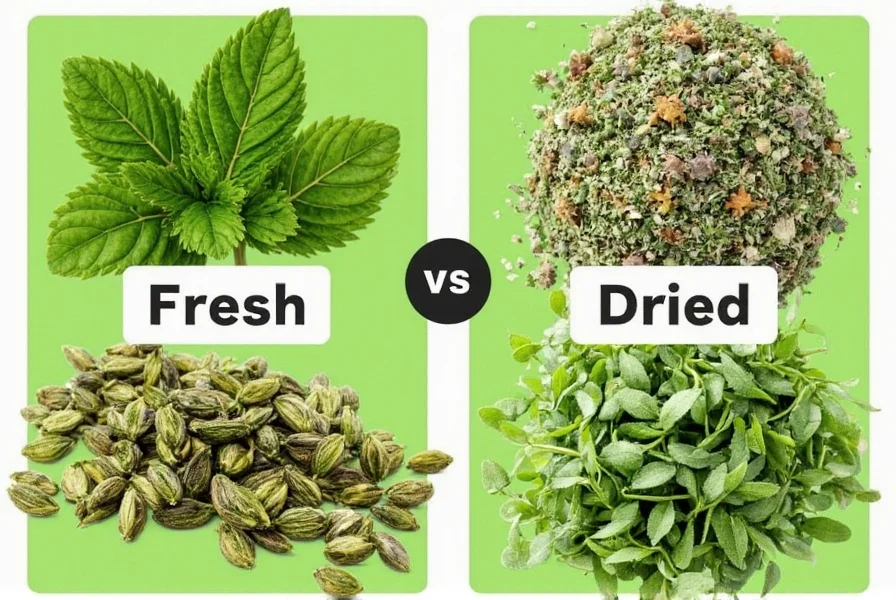









 浙公网安备
33010002000092号
浙公网安备
33010002000092号 浙B2-20120091-4
浙B2-20120091-4